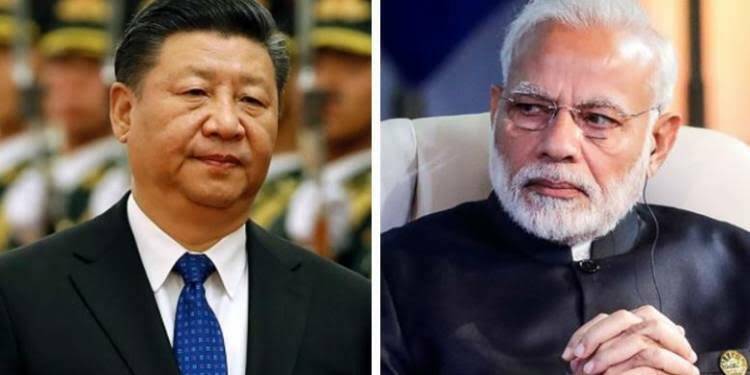For almost the past seven months, Sino-Indian military standoff along the Line of Actual Control (LAC) has relentlessly escalated tensions between the two Asian giants- India and China. And in this context, New Delhi seems to have found just the perfect stick to beat the paper Dragon with- Chinese apps ban.
Since June 29, when the Indian government banned 59 Chinese apps, a total of around 267 China-based apps have been banned. Till now, apps have been banned in four tranches- 59 apps on June 29, another 47 apps in July, that were essentially proxies of those banned in June, 118 apps on September 2 and finally another 43 Chinese apps on November 24.
But, why is India banning apps in phases and not in one go? And will the government keep banning the Chinese apps, even as the Sino-Indian military standoff shows no signs of abatement?
Actually, New Delhi seems to have played Beijing and Chinese tech giants very smartly here, by using India’s IT law against the paper dragon. As per Financial Express, sources have said that there is no comprehensive list of Chinese apps that can be banned in one stroke. So, the process is to find apps that gain a lot of traction on app stores and get downloaded the most.
Once such apps are handpicked, strict monitoring is done and then the action is taken. This monitoring process has to be continuous and relentless because the banned apps keep reappearing as proxies.
Phased bans are helping keep the paper dragon on tenterhooks. India is banning Chinese apps, including popular ones like search engine Baidu, gaming app PUBG and Alibaba Workbench, at regular intervals, instead of going after them in one go. Thereafter, China’s apps are given an option to approach an inter-ministerial panel and present their case.
The phased bans, therefore, ensure that app bans outpace the redressal mechanism process. Section 69A of the Information Technology Act empowers the government to block apps/ content engaged in activities prejudicial to sovereignty and integrity of the country, its defence, the security of the state and public order.
So, here is the real deal. In the case of apps bans, the law doesn’t require pre-decisional notice to the content provider of banned apps. And even app bans do not create a cause of action for the content providers to approach Courts and seek interim relief. At the most, they can represent their case to the government after the ban, which conducts a full-fledged inquiry through an inter-ministerial panel and submits its report to the IT Secretary.
The IT Secretary decides whether the bans were fair or not and whether the bans should continue or not. The companies don’t even have an option to lodge an appeal before a Court of law, and at the most, they can file an appeal before the Cabinet Secretary, who again forms a panel to hear their grievances.
Also, in case of emergency decisions under Section 69A of the IT Act, the onus to prove that they have not indulged in forbidden content lies upon the companies. The government doesn’t have to furnish any proof in its possession.
Till now, apps have been banned in four tranches, but the redressal mechanism for even the first phase of apps ban in June is far from over. Going ahead, there are no expectations of the rising Sino-Indian military tensions coming to a grinding halt. Military level talks keep happening, but there are no palpable signs of disengagement between the Indian armed forces and the Chinese People’s Liberation Army (PLA). New Delhi, however, enjoys a lot of leverage over Beijing. It can keep banning Chinese apps with impunity, and for some very clear reasons, the paper dragon will have no option but to lock its wounds.



































Sir
Please correct the last line –
‘Lick’ its wound!!